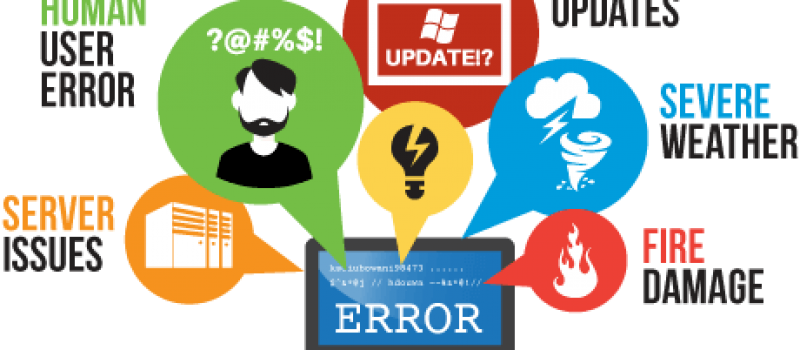Do I need a Disaster Recovery plan? Answer this … “How much downtime can you afford?”
Disaster Recovery is the process of planning what happens when a disaster occurs. The keyword is “when!” Disasters almost always occur at the most least opportune time and can wreak havoc on your network and employees. Let’s face it, there is never a “good” time for your server to crash and render your business applications useless.
Planning for disasters should be your number one priority. Disasters can occur because of a failed Windows Update, Ransomware, failed hardware (such as a RAID card, and your hard drives are inaccessible), and worst of all … human errors!
The question is, “how much downtime can you afford?” A day? A week? A month? After you answer that question you have a good idea of how important your business server(s) are to you!
OnePointSync has a tried and proven method of Disaster Recovery. Outlined here are the steps we take to make sure your business continuity is always held to a maximum. We have spent a considerable amount of time testing many solutions until we found one that we know in and out, and make support and maintain.
OnePointSync has faced numerous client disasters over the years, and we vow to never let it happen again!

Here is our workflow for our Acronis Extreme Disaster Recovery Plan:
- There are at a minimum of two servers required.
- Your production server
- OnePointSync DR server
- Acronis Server Backup is installed on your server(s).
- This backup creates an image nightly (or hourly, or whatever schedule we determine based on your needs) to the DR server.
- Every time an image is updated, it is converted to a virtual machine.
- This virtual machine gets booted automatically (by scripts that we have designed) each night and a screenshot of the Windows Login screen is captured.
- This screenshot gets sent to our support team for verification!
It’s that easy! Of course, there’s a lot of magic behind the scenes, but you don’t care about that.
In the event your production server fails, we simply boot up the virtual machine and your business is back in action. While your primary server is being repaired your business is live on the virtual machine. When your primary server is fixed, we simply restore the image and reverse the process.
